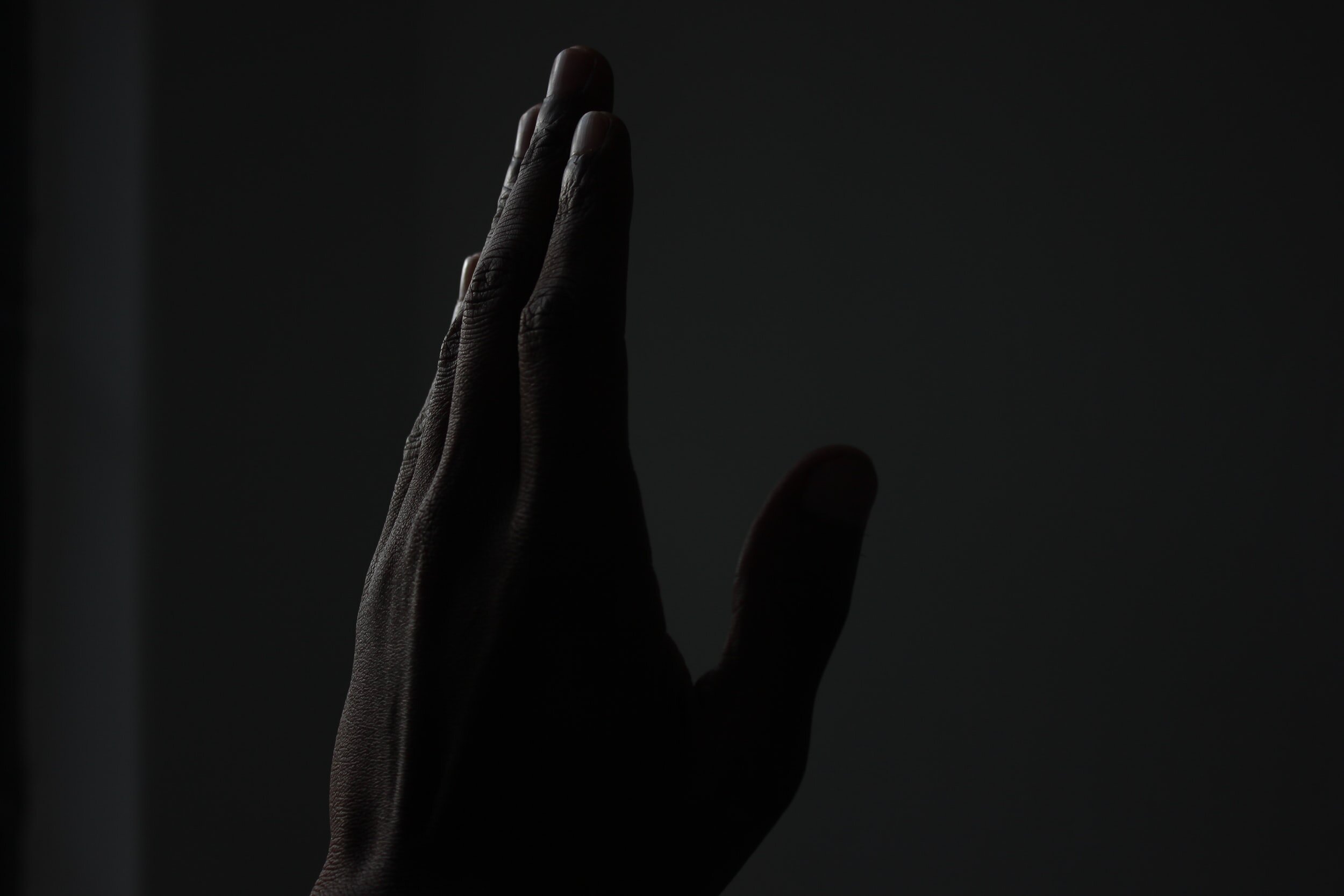
arthroscopic, reconstructive & arthroplasty surgery
Hand & Wrist Arthritis
Hand & Wrist Arthritis
Damage to the Cartilage Surface
Unlike most other joints in the body which only involve 2 or three bones the wrist joint is composed of eight little bones. It is a complex joint which is supported by several ligaments. These ligaments are crucial in the dynamic movement of the wrist and to ensure all 8 bones move synchronously. Wrist Arthritis is damage to the cartilage surface of the wrist joint. This can be isolated to certain areas of the wrist joint or widespread. This is usually caused by “wear and tear” or injuries of the wrist. Cartilage provides a smooth and soft surface for the bones to glide upon in the joint, as this wears away the bone rubs on bone, “bone on bone arthritis”, which causes pain and stiffness. Once the cartilage is damaged or worn away there is no way to recover or bring back the cartilage. This will only continue to worsen over time with pain and stiffness progressively getting worse.
Hand & Wrist Arthritis
Symptoms, diagnosis & Treatment
Symptoms
Much like other joint arthritis, wrist arthritis usually results in pain and stiffness. Unfortunately as the wrist joint is very flexible and we use it far more than other joints, when it becomes painful or stiffness it can be quite debilitating. This is commonly associated with swelling and enlargement of the joint in general. In severe cases there may be deformity of the wrist. It is not unusual to also experience Carpal tunnel Syndrome in addition to the wrist arthritis.
Diagnosis
Wrist arthritis is obvious on X-rays when it is severe and widespread. Sometimes a CT or MRI scan may be utilised to more carefully assess cartilage surfaces in arthritis which may not involve the entire wrist joint for surgical planning.
non Operative treatment
Wrist arthritis can be manage well initially non operatively. This involves:
Non steroidal anti inflammatory medication
Functional bracing or splints
Intra articular cortisone injections
Activity modification
If this fails or becomes exhausted. The next best option would be surgical one.
Surgical Treatment
Once we have exhausted non operative options Wrist arthritis can be treated surgical. What surgery depends on the extent of the arthritis and how widespread it is in the wrist joint itself.
Arthritis focus to certain areas of the wrist joint can be treated well with a partial fusion of the wrist joint. This provides good pain relief while preserving some range of motion.
If the arthritis is widespread then the two options would be a total wrist fusion or a wrist replacement. A wrist fusion will take away all the pain but will stiffen the wrist. It still remains functional and has good longevity and is robust to weights and heavy work.
Wrist Replacement
A wrist replacement is a relatively new type of joint replacement which turns the complex wrist joint which is composed of 8 bones to a simple ball and socket joint. It is designed for wide spread arthritis of the wrist. It has good results and provides great pain relief while maintaining motion of the wrist.

Once the cartilage is damaged or worn away there is no way to recover or bring it back. This will only continue to worsen over time with pain and stiffness progressively getting worse.
Base of Thumb Arthritis
Bone on Bone Arthritis & Bone Spur Formation
Base of thumb Arthritis or 1st CMC (Carpometacarpal) Joint arthritis is common. It involves the 1st Metacarpal and the saddle shaped bone, the Trapezium. Like other Arthritis the smooth cartilage surfaces are worn away which results in bone on bone arthritis and bone spur formation.
Base of Thumb Arthritis
With base of thumb arthritis, pain is the most predominant symptom. This is particularly worse with a “pinch grip” but may be constant. The thumb also slowly adopts a position of “thumb in palm” in addition to less movement.
Treatment
Base of thumb arthritis is initially treated non operatively with:
Non steroidal anti inflammatory medication
Functional bracing or splints
Intra articular cortisone injections
Activity modification
If this fails or becomes exhausted. The next best option would be surgical one.
Surgery for Base of thumb arthritis or 1st CMC arthritis involves two options. For the young patient who has a labour intensive job and requires full grip strength a Fusion of the joint is the best option. This will provide good pain relief but will lose movement at the base of the thumb. The advantage to this option is that your grip strength will be maintained.
For the older patient no longer working the best option is a trapeziectomy and ligament reconstruction. This involves excising the arthritis saddle bone, the trapezium, and using one of your tendons to help suspend the thumb. This is great for pain relief and will preserve motion at the base of the thumb. The downside to this operation is losing a bit of grip strength.
All these options are a small surgery which could be performed as day surgery or require one night in hospital. You will be in a removable splint for 2-4 weeks.




